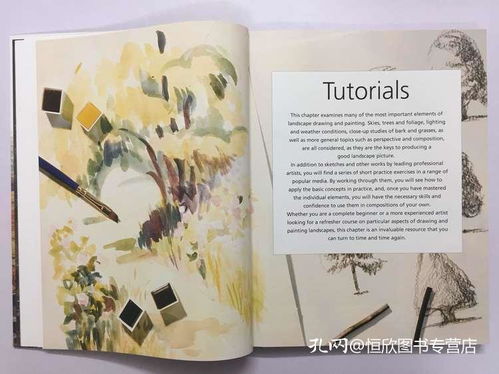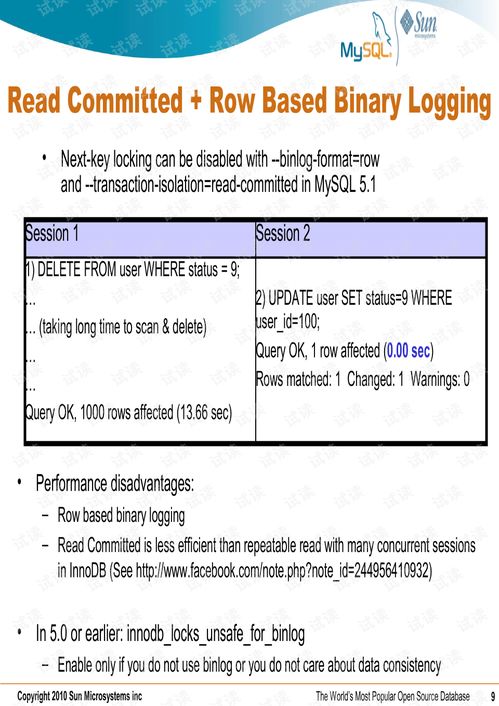The Art of Floating: Mastering the Techniques for Bank Fishing Success
When it comes to bank fishing, one of the most crucial elements to master is the art of floating. The ability to effectively adjust your fishing float, or "bait," can make the difference between a successful day on the water and a frustrating one. In this article, we'll delve into the essential techniques for tuning your float, ensuring that you're ready to catch fish with precision and confidence.
Understanding the Float
Before we dive into the specifics of tuning a float, it's important to understand its purpose. A float is a device that sits on the water's surface and is connected to your fishing line. It serves as an indicator of when a fish takes your bait. The float can be made from various materials, such as plastic, wood, or foam, and comes in a variety of shapes and sizes, each designed for different fishing scenarios.
Choosing the Right Float
The first step in mastering the art of floating is selecting the right float for your fishing conditions. Consider the following factors when choosing a float:
- Water Conditions: In calm water, a smaller, lighter float is ideal. In turbulent water, a larger, heavier float can help keep your bait visible.
- Depth of Water: For shallow water, a shorter float is better, while deeper water requires a longer float to reach the desired depth.
- Type of Bait: The size and weight of your bait will influence the type of float you need. Heavier baits may require a sturdier float, while lighter baits can be suspended with a more delicate float.
The Basics of Tuning a Float
Once you've chosen the right float, it's time to tune it. Here are the basic steps to get you started:
- Attach the Float: Begin by attaching the float to your fishing line. Ensure that the line is securely tied to the float's base, and that the float is positioned correctly on the line.
- Adjust the Weight: The weight of the float should be sufficient to keep it afloat while holding your bait at the desired depth. If the float is too heavy, it will sink too quickly; if it's too light, it may not hold your bait at the right depth.
- Balance the Float: To achieve a balanced float, you need to adjust the weight of the bait and the distance between the float and the hook. Experiment with different distances until you find the sweet spot where the float remains steady and your bait is at the right depth.
Advanced Tuning Techniques
Once you've mastered the basics, you can explore more advanced tuning techniques to enhance your fishing experience:

- Wind Compensation: If you're fishing in windy conditions, you may need to adjust your float to compensate for the wind's effect. This can be done by adding a small weight to the line above the float or by using a float with a built-in wind indicator.
- Sensitivity Adjustment: For more precise fishing, you can adjust the sensitivity of your float. This involves fine-tuning the distance between the float and the hook, as well as the weight of the bait. A more sensitive setup will allow you to detect even the slightest nibbles from fish.
- Depth Control: To fish at different depths, you can adjust the length of your fishing line. A longer line will take your bait deeper, while a shorter line will keep it closer to the surface.
Conclusion
Mastering the art of floating is a skill that can significantly improve your bank fishing experience. By choosing the right float, understanding the basics of tuning, and experimenting with advanced techniques, you'll be well on your way to becoming a more successful angler. Remember, the key to successful floating is practice and patience. With time, you'll develop a keen sense of how to adjust your float to suit any fishing situation, ensuring that you're always ready to catch fish with precision and confidence. Happy fishing!












